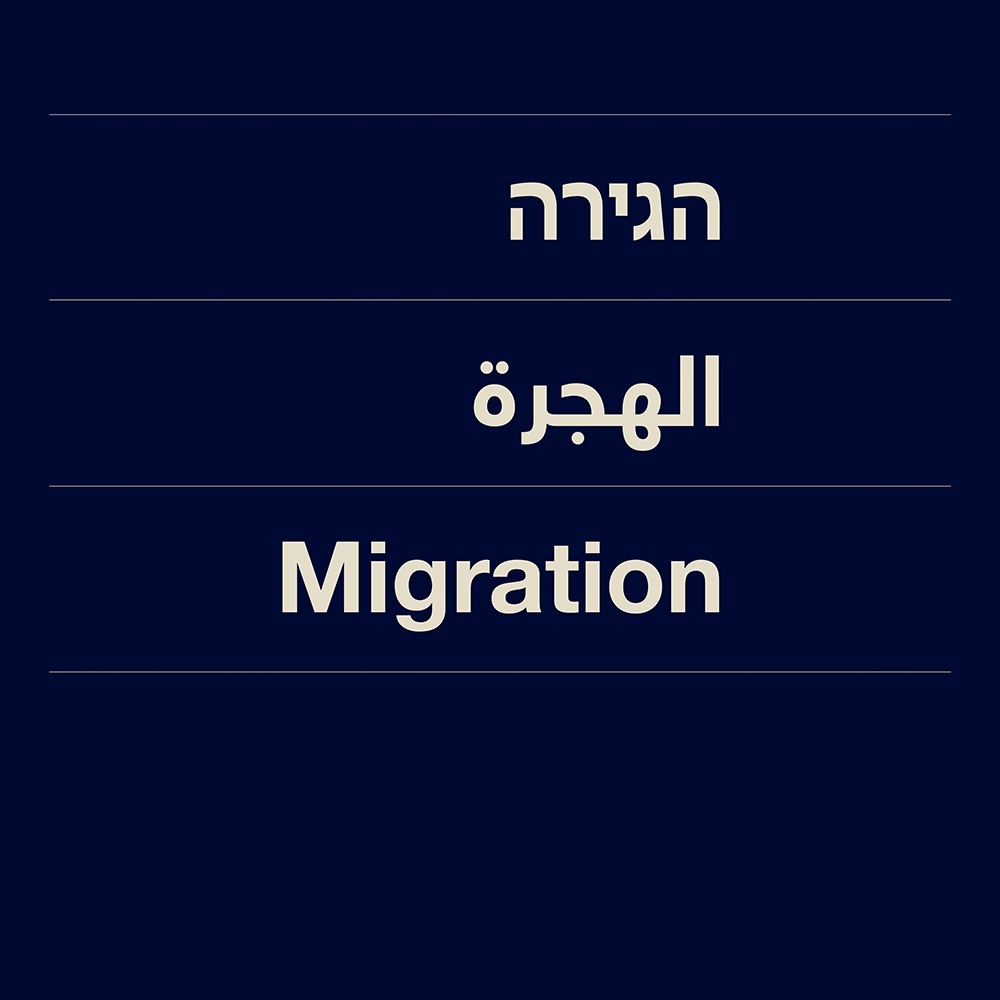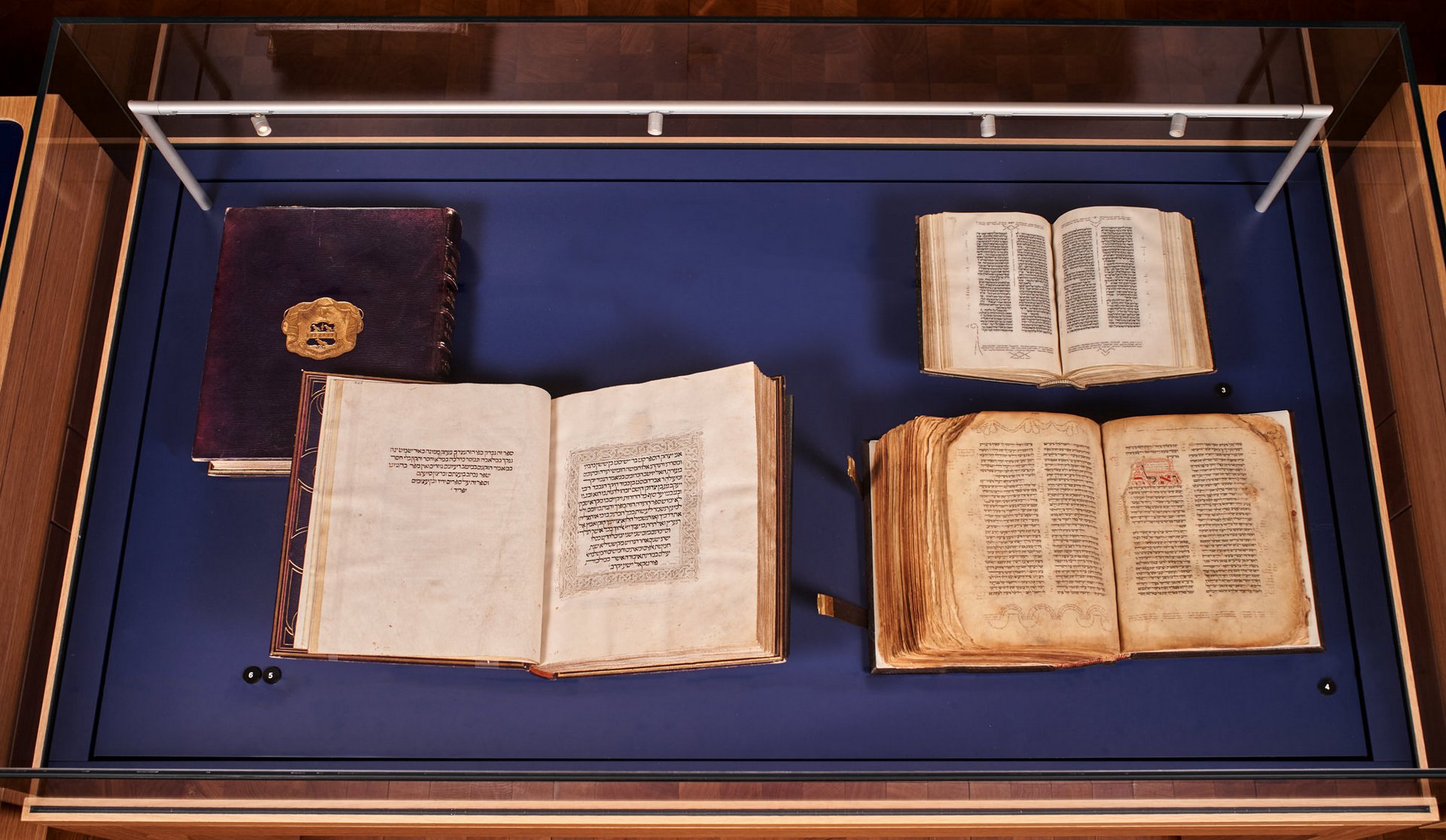
Jewish history is a tale of voluntary and forced migrations.
Scribes and printers produced books as needed where they resided: so Jewish books often reflect histories of migration.
A magnificent Bible (no. 3) was copied and adorned with exquisite micrographic designs by a Spanish scribe in Italy.
It arrived in Spain a few decades later, shortly before the expulsion in 1492. Exiled Jews brought it to the Ottoman Empire and in the twentieth century it came to the National Library of Israel.
Exquisite micrography features in an earlier Braginsky Collection Bible (no. 4), copied in Northern France, probably in late thirteenth century. The scribe, Mattithiah ben Jedidiah, copied it for Michael ben Cresbia ha-Kohen. Later, numbers were inserted indicating the verses, and red initial letters. This French Bible remained in Mardin, Turkey, for much of the nineteenth and early twentieth century.
A Bible from the Braginsky Collection (nos. 5 and 6) bears poignant witness to the expulsion from Spain. It has two colophons. In the earlier, the scribe and vocalizer Isaac ben Ishai Sason states that he finished copying the Prophets in 1491 in Ocaña, in Castile. A second colophon in another volume, states that he finished the Pentateuch and Hagiographa in Evora, in Portugal, in 1494. Whether he copied the manuscript in this unusual order or whether an original first part was lost during the expulsion, remains a mystery.
